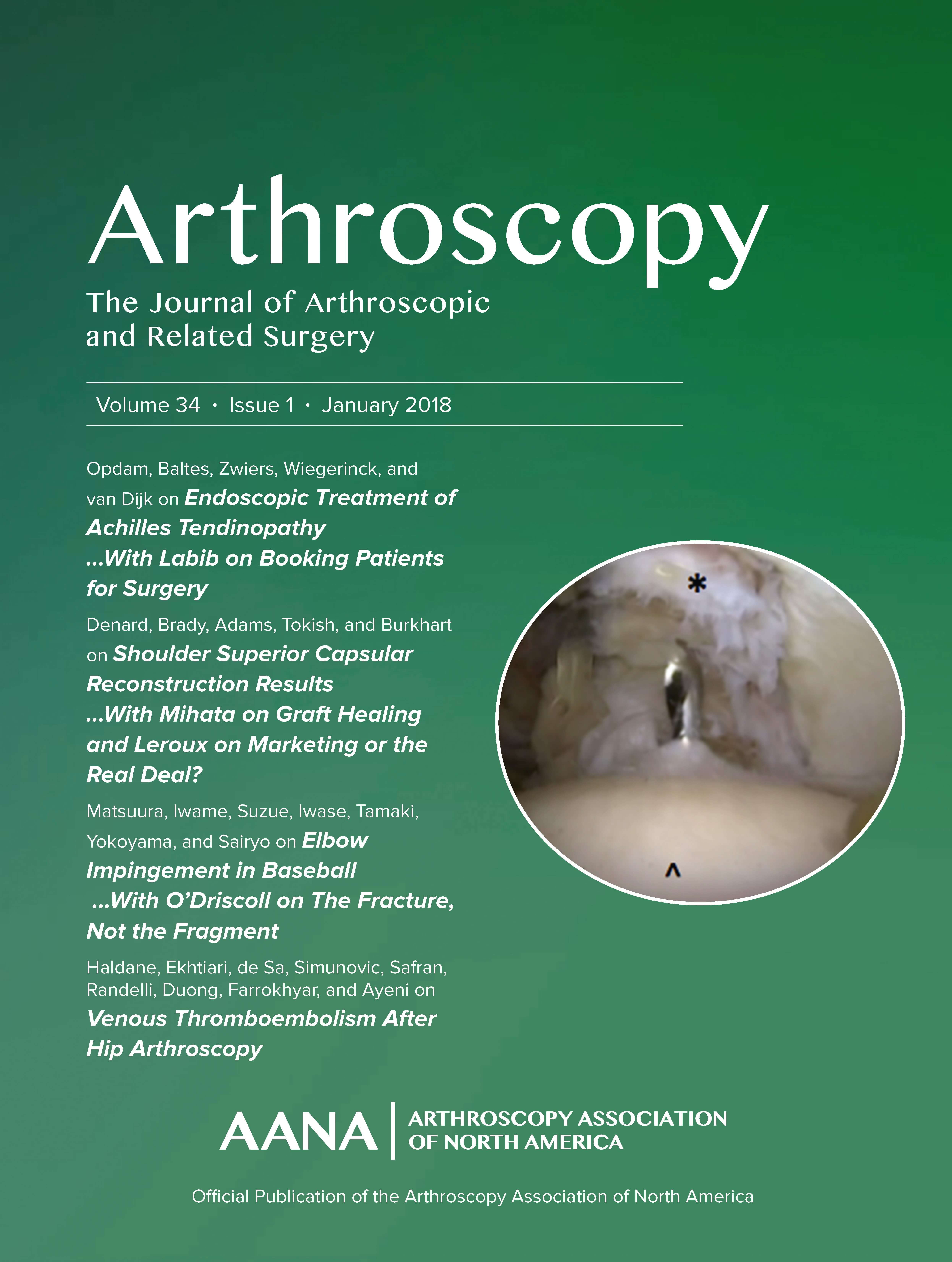
Differences in tunnel enlargement between cortical button and bioscrew fixation for ACLR

Differences in tunnel enlargement between cortical button and bioscrew fixation for ACLR
Comparison of Tunnel Enlargement and Clinical Outcome Between Bioabsorbable Interference Screws and Cortical Button-Post Fixation in Arthroscopic Double-Bundle Anterior Cruciate Ligament Reconstruction: A Prospective, Randomized Study With a Minimum Follow-Up of 2 Years
Arthroscopy. 2019 Feb;35(2):544-551. doi: 10.1016/j.arthro.2018.08.039Did you know you're eligible to earn 0.5 CME credits for reading this report? Click Here
Synopsis
60 patients scheduled for double-bundle anterior cruciate ligament reconstruction were randomized to either bioabsorbable interference screw fixation or cortical button fixation. Primary interest was tunnel enlargement after a minimum of 2 years after surgery. Clinical scores and knee laxity tests were also assessed. Results demonstrated significantly greater enlargement in the anteromedial tunnel...
To view the full content, login to your account,
or start your 30-day FREE Trial today.
FREE TRIAL
LOGIN
Forgot Password?
Explore some of our unlocked ACE Reports below!

Learn about our AI Driven
High Impact Search Feature
Our AI driven High Impact metric calculates the impact an article will have by considering both the publishing journal and the content of the article itself. Built using the latest advances in natural language processing, OE High Impact predicts an article’s future number of citations better than impact factor alone.
Continue



 LOGIN
LOGIN

Join the Conversation
Please Login or Join to leave comments.